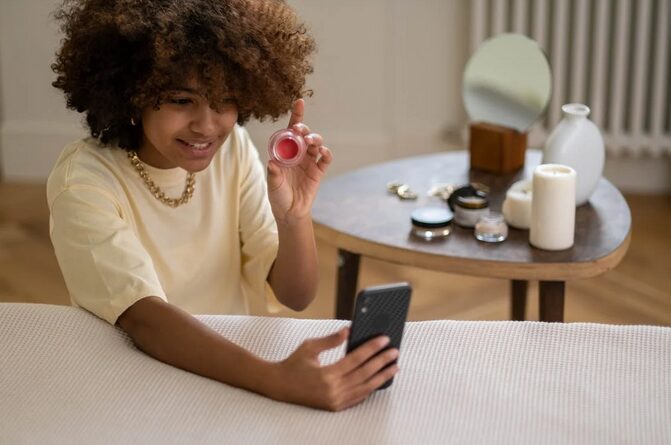In the fast-paced world of marketing, what worked wonders a decade ago can feel as outdated as a flip phone. As consumer behavior evolves at lightning speed, so does the brain behind every purchase decision. Remember when catchy jingles and flashy billboards were enough to capture attention? Those days are fading into memory like yesterday’s viral meme. Today’s buyers are savvy, informed, and armed with an arsenal of digital tools that reshape how they interact with brands.
In this blog post, we’ll delve deep into why traditional marketing tricks no longer resonate and explore the fascinating science behind the ever-evolving buyer brain. Buckle up as we navigate through the shifting landscape of consumer psychology—because understanding your audience isn’t just beneficial; it’s essential for survival in today’s competitive market.
Buyers Now Research Everything
Gone are the days when a potential customer needed to talk to sales just to understand your product. Now? They’ll Google it, read reviews, check Reddit, stalk your competitors, and scroll your LinkedIn—all before they ever fill out a form or click “book a demo.” Buyers are self-educating like pros. If your content doesn’t help them learn, solve problems, or build trust along the way, they’ll move on to someone who does. So yeah, that “request a brochure” button isn’t cutting it anymore.
People Can Smell a Sales Pitch From a Mile Away
Today’s buyers are hyper-aware. They’ve been marketed to their whole lives. Pop-ups, spammy DMs, cold emails with fake personalization? It’s all white noise. And when something does grab their attention, it better be authentic, not pushy. People don’t want to be sold to—they want to feel seen, heard and helped. That means shifting from “Here’s our product!” to “Here’s how we make your life easier.” If it screams “sales tactic,” it’s already lost.
Trust Is the New Currency

Let’s face it: people don’t trust brands the way they used to. They trust people. Real humans. That’s why UGC (user-generated content), reviews, behind-the-scenes content, and real customer stories perform way better than polished ads or vague claims. Building trust today takes consistency, transparency, and showing up like a human—not a sales robot. If your brand still hides behind buzzwords and stock photos, it’s time to re-think your whole vibe.
Buyers Want Fast Value, Not Fluff or Funnels
People are busy. They’re overloaded with content, offers, and decisions. So if your marketing feels like it’s leading them through a five-step funnel before giving them any real value… it’s not gonna fly. Buyers want instant clarity. What are you offering? Why should they care? What’s in it for them? If you don’t deliver value upfront—through insights, tools, or straight-up helpful info—they’re bouncing. Period.
Authenticity

Perfectly polished brand personas and glossy marketing copy are starting to feel, well… fake. In 2025, brands that win are the ones that feel real, relatable, and a little messy in a human way. This is where personality, storytelling, and real voices shine. Whether it’s your CEO on TikTok or a designer tweeting about the design process—when you drop the corporate filter, people lean in. That’s the future of trust and connection.
The buyer’s brain has evolved—and your marketing should too. The old tricks? They’re outdated. The new rules? Build trust, provide value fast, and show up like a real human. No gimmicks, no fluff, no funnels disguised as “value.” It’s time to stop selling and start connecting. If you can do that, you’ll stand out—not because you’re shouting louder, but because you’re speaking a language today’s buyers care about.


